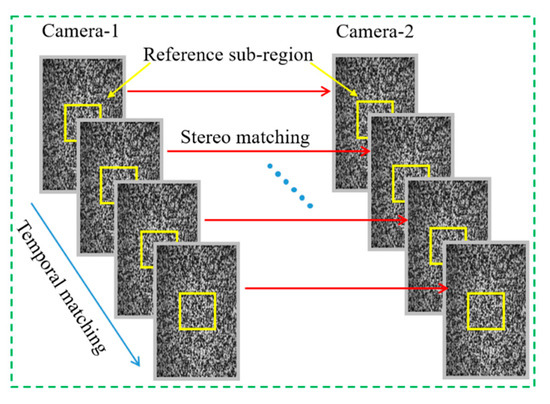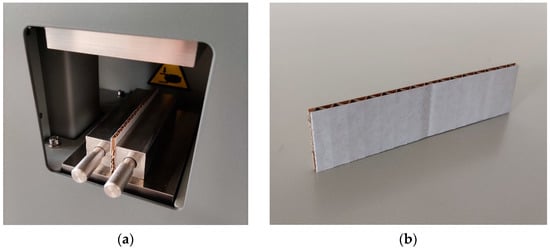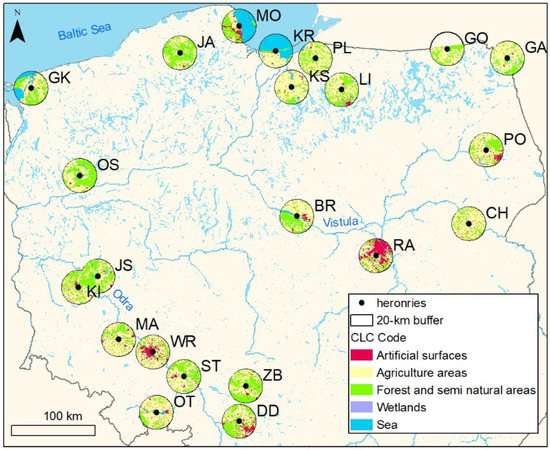Identification of Bio- and Eco-Materials Using Advanced Computational Methods (Closed)
A topical collection in Sensors (ISSN 1424-8220). This collection belongs to the section "Biosensors".
Viewed by 6121Editors
Interests: computational mechanics; structural optimization; mathematical programming; inverse problems; mechanics of materials; paper physics
Special Issues, Collections and Topics in MDPI journals
Interests: computer image analysis; artificial neural networks; neural modeling; machine learning; deep learning; computer science in agriculture
Special Issues, Collections and Topics in MDPI journals
Topical Collection Information
Dear Colleagues,
In the modern world, EKO or BIO become two of the most used prefixes. They identify a given product with a clear trend related to both ecology, closed circuit, sustainable production, as well as re-use and recycling, or the recently very popular upcycling. On the other hand, tools based on advanced computational methods, i.e. numerical simulations, inverse analysis, artificial intelligence and machine learning are increasingly used to assess quality, and search for trends, recognition and identification of those products. In addition, new, powerful numerical algorithms and metamodels based on deep learning or stochastic processes allow us to quickly and effectively achieve the desired goals. In this Special Issue, we want to collect works related to bio-products and eco-materials, but also biomaterials widely used in orthopedics and more broadly in medicine. The collection of bio- and eco-materials is not limited only to biologically compatible medical implants or modern ecological building materials. They belong to a much wider space, also including all kinds of food, textile and wood or paper products, as well as waste and their use for the production of green energy and much more.
There are no particular restrictions on the thematic areas of this Special Issue, as long as the submissions are related to these kind of materials, with particular emphasis on appropriate measurements and experimental techniques used for their identification and characterization. The readers and authors of Sensors are encouraged to send their latest research studies in these areas, with an emphasis on experimental validation and empirical evidence using and metamodels artificial intelligence in the identification of eco- and bio-materials.
Prof. Dr. Tomasz Garbowski
Prof. Dr. Maciej Zaborowicz
Guest Editors
Manuscript Submission Information
Manuscripts should be submitted online at www.mdpi.com by registering and logging in to this website. Once you are registered, click here to go to the submission form. Manuscripts can be submitted until the deadline. All submissions that pass pre-check are peer-reviewed. Accepted papers will be published continuously in the journal (as soon as accepted) and will be listed together on the collection website. Research articles, review articles as well as short communications are invited. For planned papers, a title and short abstract (about 100 words) can be sent to the Editorial Office for announcement on this website.
Submitted manuscripts should not have been published previously, nor be under consideration for publication elsewhere (except conference proceedings papers). All manuscripts are thoroughly refereed through a single-blind peer-review process. A guide for authors and other relevant information for submission of manuscripts is available on the Instructions for Authors page. Sensors is an international peer-reviewed open access semimonthly journal published by MDPI.
Please visit the Instructions for Authors page before submitting a manuscript. The Article Processing Charge (APC) for publication in this open access journal is 2600 CHF (Swiss Francs). Submitted papers should be well formatted and use good English. Authors may use MDPI's English editing service prior to publication or during author revisions.
Keywords
- computational methods
- inverse analysis
- artificial intelligence, artificial neural networks
- deep learning
- Gaussian processes
- bio-products
- eco-materials
- biomaterials
- identification
- measurements
- experimental data










